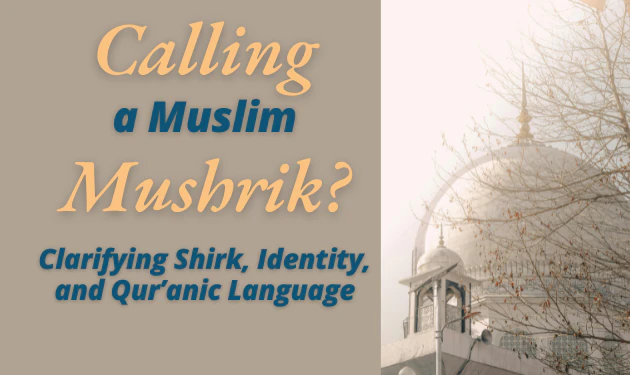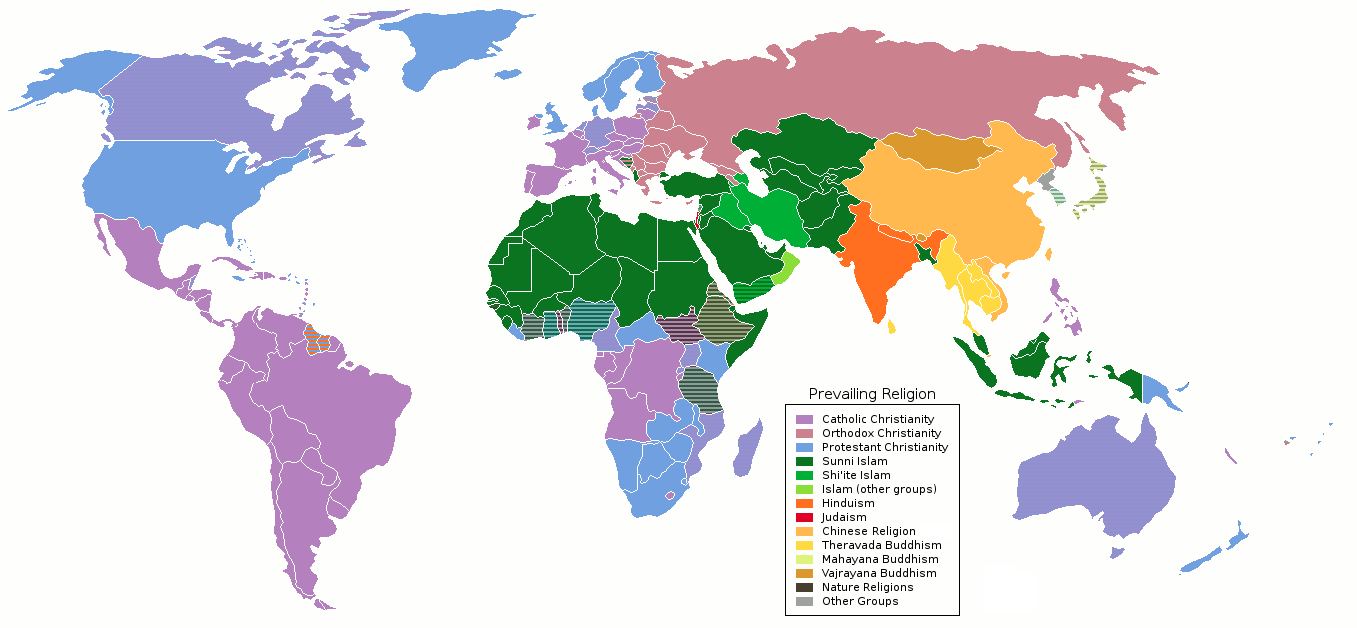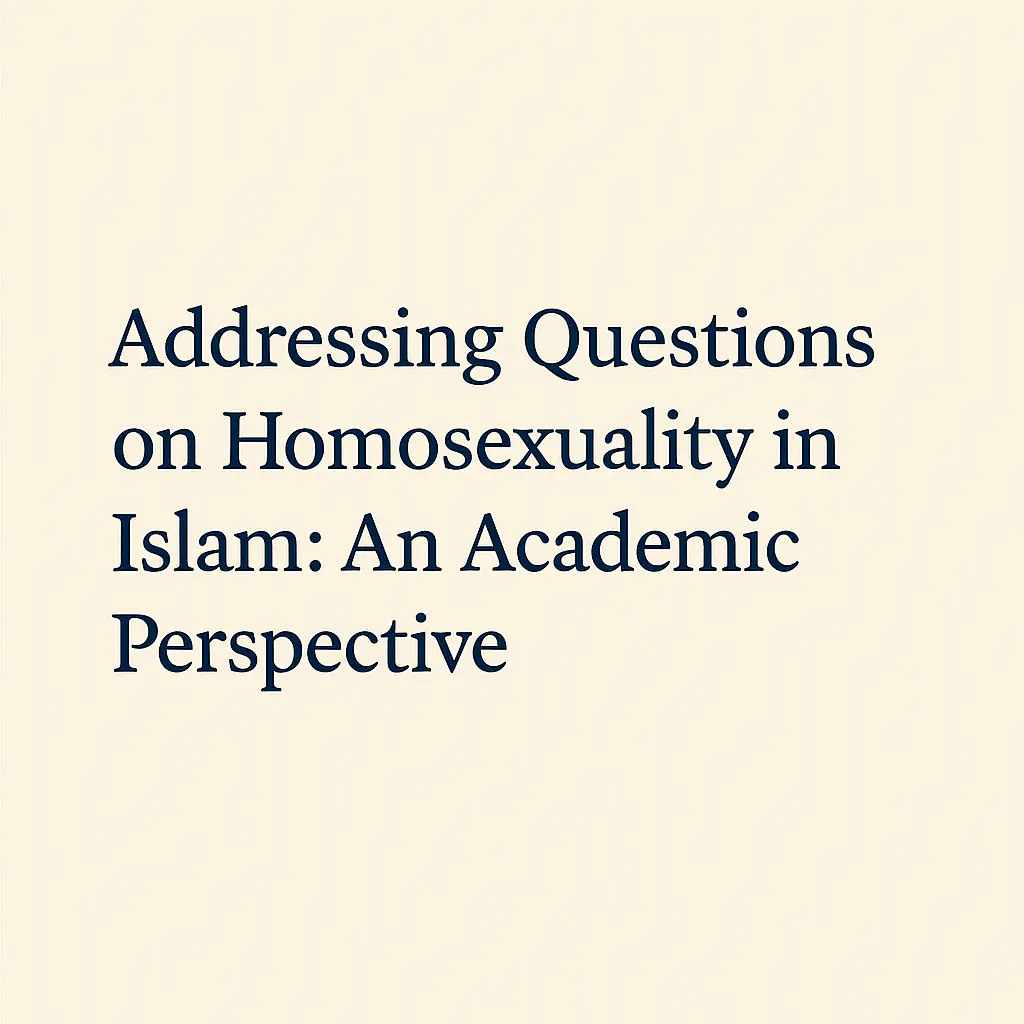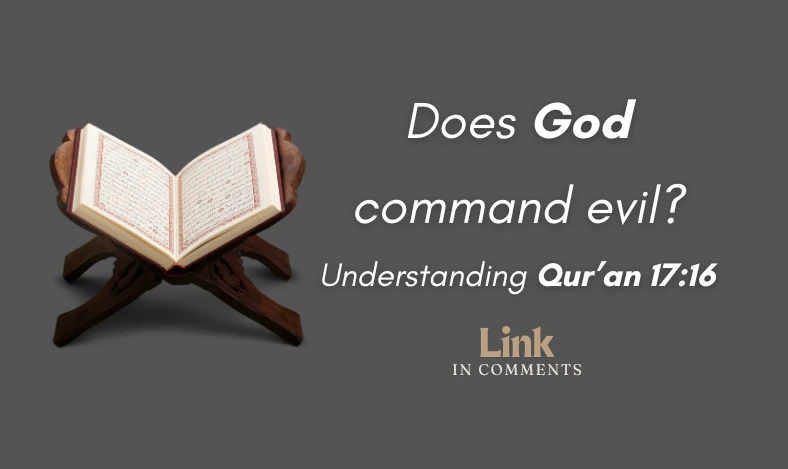Question
Is creating animations permissible in Islam? What is the ruling on pursuing a career or profession in creating digital or physical animations and cartoons?
Some scholars cite various hadiths that prohibit depicting living beings and warn of severe consequences. Does the Qur’an also contain any prohibitions on this matter? How should we interpret these hadiths and related references in this context?
Answer
Salaam
Thank you for writing to us.
We believe that photography and portrait-making (and by extension, animations and cartoons) are not prohibited in Shari’ah. In our understanding, the prohibition found in several hadith reports primarily concerns images associated with idolatry or religious reverence. Javed Ahmad Ghamidi, in his work on such hadith reports, concludes that while some hadith reports condemn image-making, the context reveals they target specific idolatrous practices. He cites examples from the Prophet Muhammad’s (pbuh) actions, indicating that certain non-religious representations, like children’s toys, are permissible.
He further points out that in Qur’an 34:13, it is explicitly mentioned that Prophet Solomon (pbuh) had images and statues made in his buildings. The word used in the verse is “tamathil,” which refers to both animate and inanimate objects. The language and context in which it is used leave no room for any specific exclusion, and it is inconceivable that any prophet of God would engage in an action inherently evil or one that could be deemed unconditionally forbidden. Furthermore, Qur’an 7:32-33 clearly states that God has prohibited only five things (apart from the dietary restrictions): indecency and vulgarity (favahish), usurping peoples’ rights (ithm), excesses against the life, property, and honour (baghy), associating partners with God (shirk), and innovation in religion (bid‘ah). Hence, it is not acceptable to assume that images or for that matter any of the fine arts are categorically prohibited in God’s religion unless they contain one or more of these elements.
Muslim Jurists have also limited the prohibition to depicting living beings, not inanimate objects. However, this does not resolve the apparent contradiction between the hadith reports and the Quran’s explicit statements. Therefore, this prohibition must be seen as specific to circumstances where images are associated with actions declared unlawful in these verses. This would apply particularly to images and statues linked with obscenities, those linked with idolatrous beliefs, or those that could lead to idolatry, such as treating images as living beings or viewing them as sacred, beneficial, or harmful, thereby leading to worship or seeking help from them. After making this distinction, no contradiction remains between the Quran and the hadith, and the ruling in the hadith becomes clear. However, the question remains as to why the prohibition is expressed in absolute terms. The answer seems to be that, in the period of the Prophet Muhammad (pbuh), images and statues were primarily made for worship or for objects and individuals connected with idolatrous sentiments, such as prophets, angels, jinn, trees, or religious symbols like the cross. Therefore, it is safe to say that the term “images” in the hadith refers to those made under idolatrous motivations or those that could lead to such beliefs. When considering later hadiths and examining the matter thoughtfully, this becomes even clearer.
I hope this helps.
Regards,
Mushfiq Sultan
Assistant Fellow, Al-Mawrid
In-Charge, Query Service










Leave a Reply